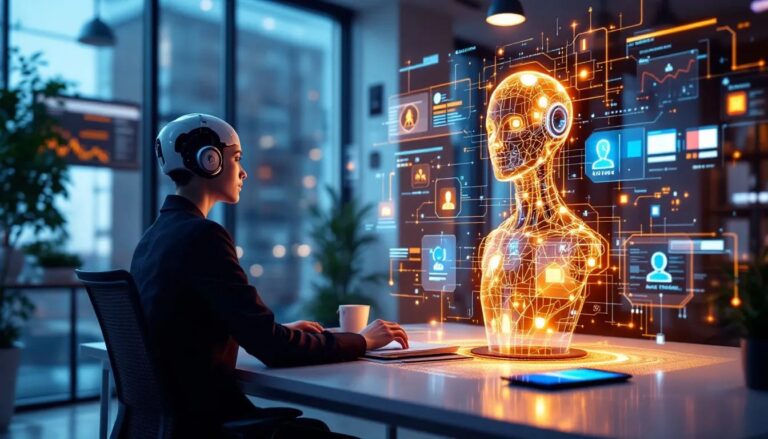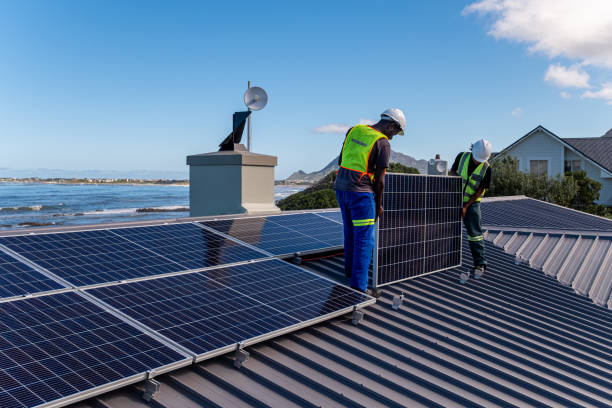
Modern companies are increasingly using sustainable practices in line with worldwide initiatives for a better future in the face of climate change and growing energy prices. Businesses can lower their carbon footprint and gain financially and operationally from energy efficiency to renewable energy integration. The drive for sustainability is becoming more than just a moral choice; it’s a strategic need for businesses trying to draw in environmentally sensitive consumers and stakeholders.
Renewable energy’s function in the office
Adopting renewable energy sources, such as solar and wind power, to satisfy daily energy needs is one of the most important changes in the contemporary workplace. For example, installing solar panels can significantly lower energy expenses and offer a dependable, long-term power source. Companies that want to explore these possibilities can get in touch today with solar installation-focused service providers to assess viability and build customised solutions. Apart from financial benefits, incorporating renewable energy shows a business’s dedication to sustainability, strengthening its brand in the market.
Energy efficiency: Sustainability’s initial step
By prioritising energy efficiency, companies can greatly increase their efforts at sustainability before investing in renewable energy sources. Changes like switching to LED lights, bettering insulation, and using energy-efficient appliances can result in significant energy savings. Including smart technologies to instantly monitor and control energy use can also maximise consumption patterns. These first actions help lower energy costs and provide a basis for a more seamless switch to renewable energy sources.
Designing workplaces for a sustainable future
Layout is crucial to modern workplace sustainability. Using green construction materials, optimising natural lighting, and installing proper ventilation systems will greatly reduce office emissions. Flexible and open-plan workspaces encourage teamwork and resource sharing, reducing the need for unnecessary infrastructure. Buildings certified by LEED or BREEAM frequently have higher employee satisfaction and property value due to better work environments.
Involving workers in sustainability projects
A sustainable workplace promotes environmental awareness among employees as much as infrastructure. Remote work, recycling, and carpool programs encourage staff environmental activism. Training employees on sustainable solutions ensures they support the company’s green goals. Those who believe they make a difference in the environment are likely more motivated at work.
Future trends: Integration of AI and renewables
Future renewable energy initiatives are increasingly relying on artificial intelligence (AI). AI-powered systems can predict energy needs, maximise electricity use, and find the best renewable installation sites. Machine learning algorithms can analyse energy use trends and recommend improvements. Companies that use these cutting-edge technologies are innovative and environmentally conscious.
Conclusion
Businesses trying to remain competitive and ethical now must change to a renewable and sustainable workplace, mandatory or optional. There are several methods to include sustainability in business activities, from using renewable energy sources to including staff members in green projects. By acting now, companies may establish themselves as leaders in the worldwide change towards a cleaner economy. Starting with a modest dedication—that is, contact professionals, invest in energy efficiency, and adopt an environmentally conscious culture—the road towards a sustainable future starts here.






